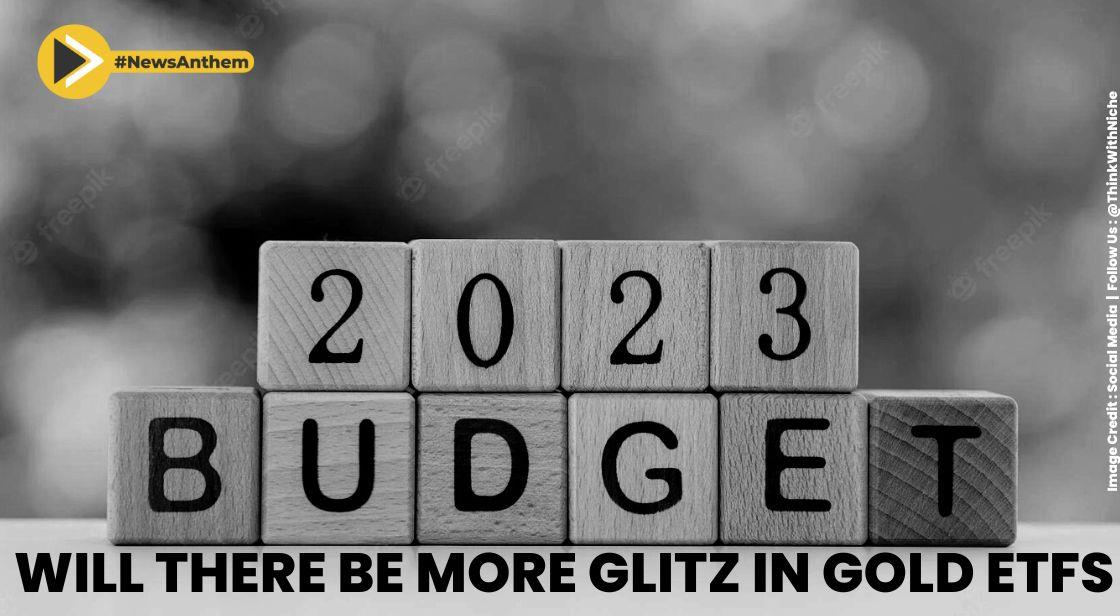Budget 2023: Will There Be More Glitz In Gold ETFs?

News Synopsis
All eyes are on the Budget as February 1 gets closer. Like every year, everyone hopes for reforms that will accelerate India's trajectory of development and progress.
The Indian gold industry is also. A cut in the import duty on the metal was skipped by Finance Minister Nirmala Sitharaman in the Union Budget for 2022–2023 to the disappointment of the gold market. The start of the Russia-Ukraine war that followed propelled oil prices to all-time highs of $140 per barrel. Since we import the majority of our crude oil needs, this logically increased India's import costs and pushed the rupee-dollar rate down from 74.5 to 77 in a short period of time. In response to negative real deposit rates, a declining currency, and economic uncertainty, citizens naturally gravitated to the store of value they know best gold as domestic inflation began to creep up.
The second-largest import after oil, gold, increased significantly in Q1FY2022-23. duty increase In an effort to limit imports and lessen pressure on the native currency and combat the escalating current account deficit, the government increased the basic import duty on gold from 7.5 percent to 12.5 percent in July. When accounting for the 2.5 percent Agriculture and Infrastructure Development Cess and the 3 percent Goods and Services Tax, this effectively increased the difference between the world gold price and the landing price of gold in India to nearly 18 percent. Domestic gold prices increased immediately after the move.
Anecdotal evidence shows that illicit gold imports may have increased later in the year as a result of the wide margins produced by the difference in price between domestic and international markets. According to some reports, around 3000 kilogrammes of gold that was being smuggled was discovered in 2022, up from 2400 kg in 2021, a 25% rise. In addition to causing pricing distortions on the domestic market, this also lost the government money because duty and GST revenues were lower. India is the world's second-largest consumer of gold, importing 800-900 tonnes per year, but increasing government intervention through higher custom duty has over time ensured that India is a price taker.
Worldwide prices In India, the domestic gold price is determined using international gold prices. The Indian gold price is calculated by using the international gold price as a base price, converting it to Indian rupees using the dollar/rupee rate, and then adding various Indian duties and levies. Price distortions also make it challenging to link the gold market with other financial markets by putting India's gold savings into circulation. The bullion sector has long called for duty rationalisation, which can assist bring local gold prices closer to international prices to the point of levy reduction and enable more effective operation of the gold markets in India.
Will raising the gold tax now discourage smuggling? want list The next item on the wish list is a preferential tax treatment for financial gold products like Gold ETFs and Mutual funds that invest at least 90% of their corpus in Gold ETF units will promote the category as an investment option over other financially inefficient options like physical gold and jewellery. There are two methods to go about this. Either the tax rate on long-term capital gains (for holding periods longer than three years) be decreased to zero percent or a maximum of ten percent from the current twenty percent with indexation advantage, or the holding period for LTCG taxation be shortened from three years to one year.
You May Like









